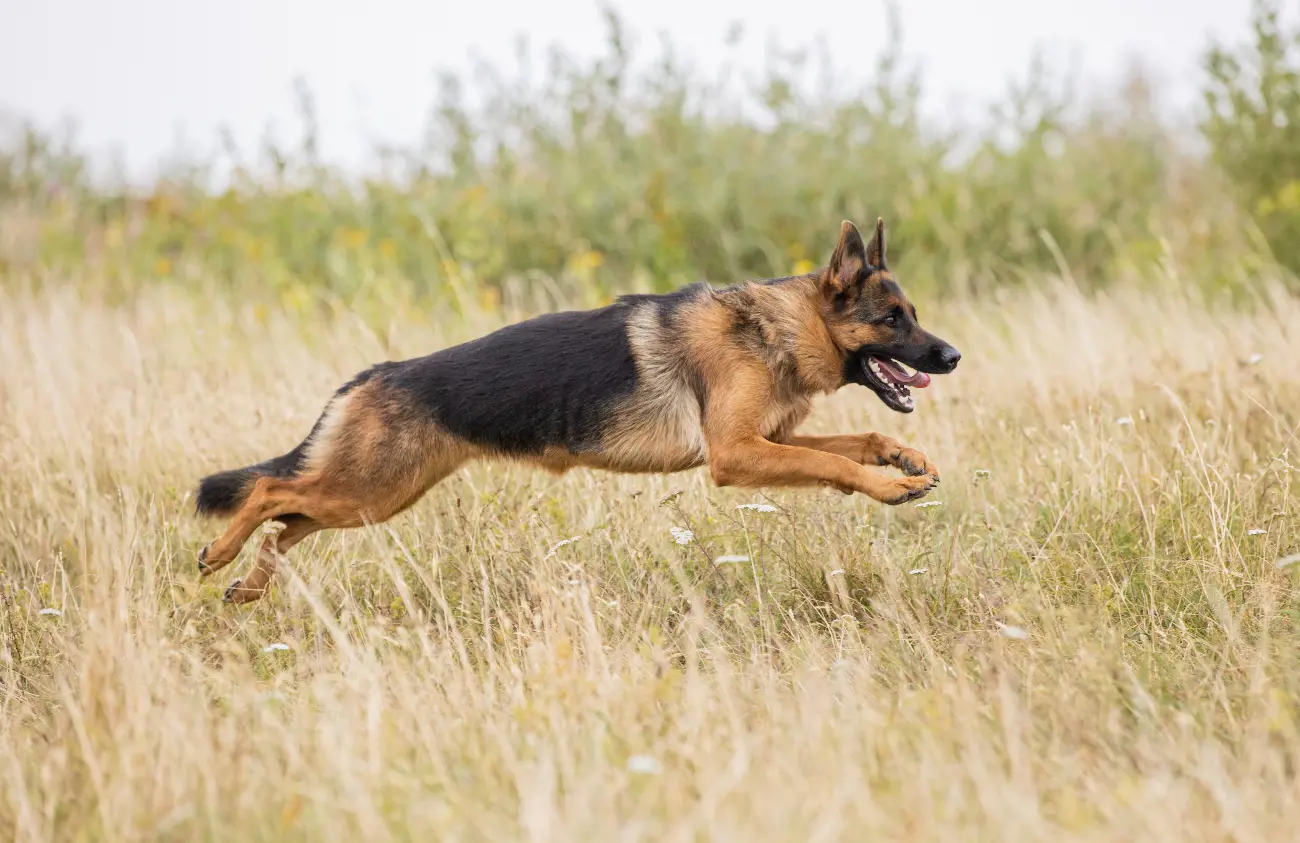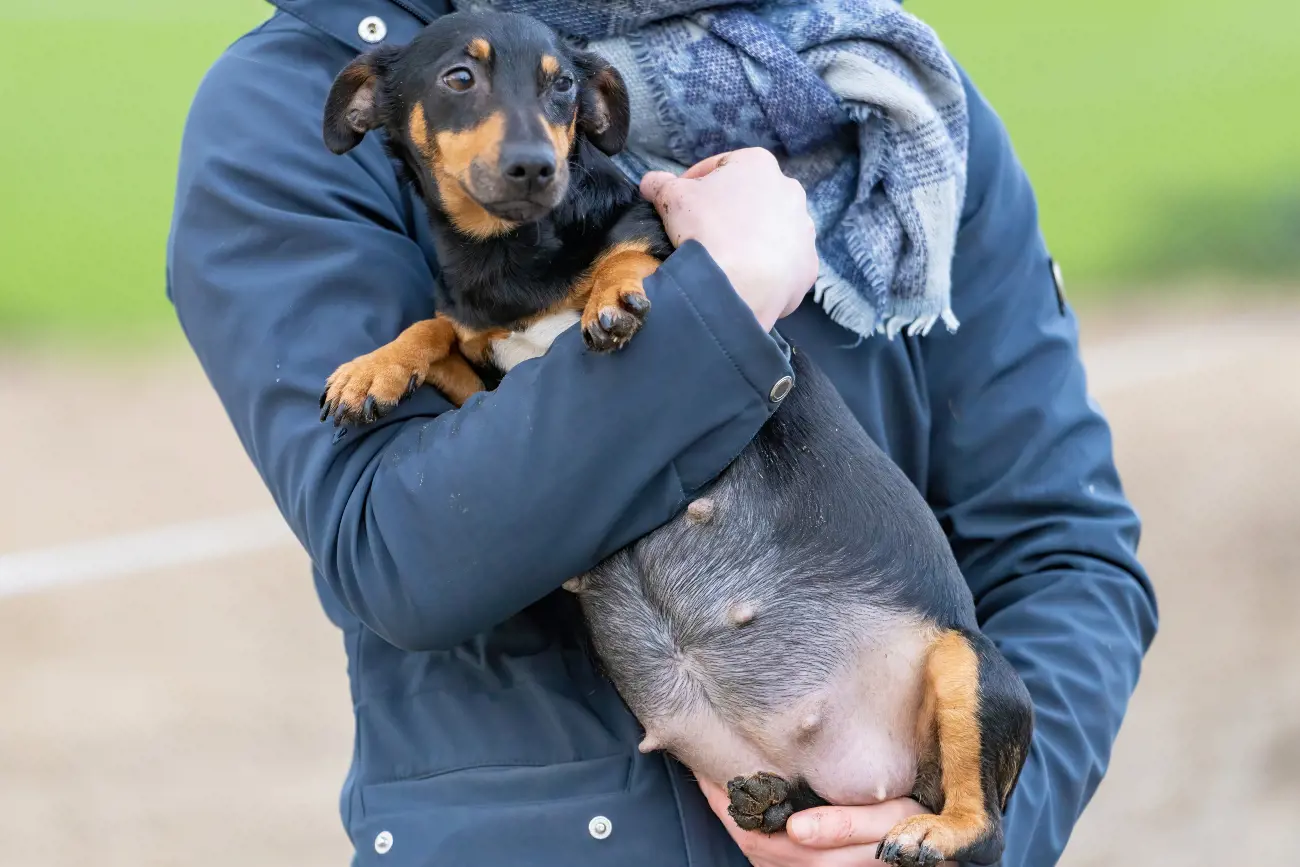How to help a hyperactive dog
21st June, 2022
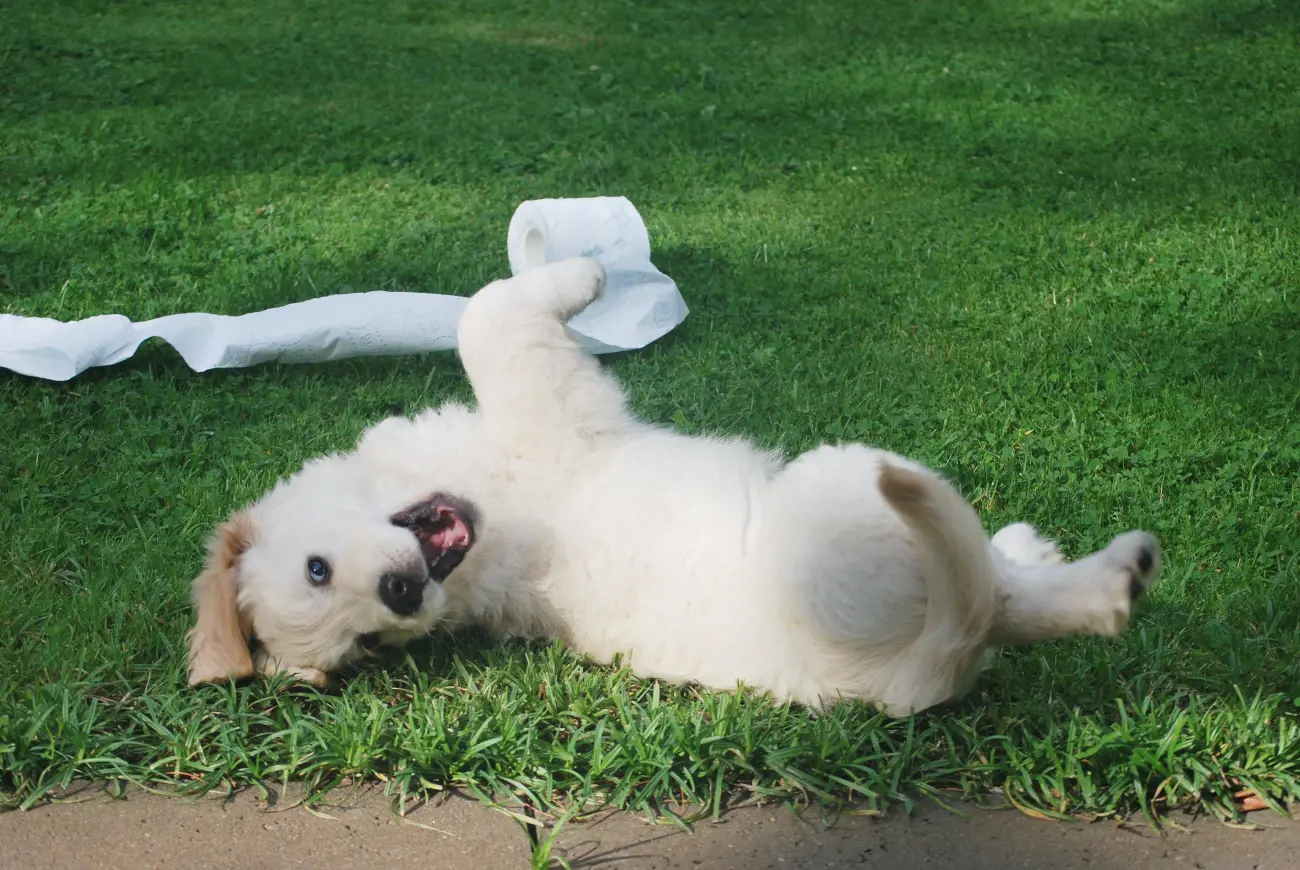
Dogs are wonderful companions – loyal, friendly and, when faced with the prospect of a good walk or play session, often excitable. In some pets, this excitability can spill over into hyperactivity – a restless mode of behaviour, where a dog will seem overly boisterous and inattentive, often not hearing or acting upon your commands.
It turns out that hyperactivity in dogs is a recognised behaviour and that it seems most prevalent in animals of a certain age and gender. Some breeds are more likely to behave in a hyperactive way. Finally, certain lifestyle factors, like exercise and the amount of time spent alone, can also influence whether or not a dog becomes hyperactive.
Read on as we discuss how hyperactivity develops in dogs and what you can do to help if your own pet displays this behaviour. Hyperactive canines can be unpredictable, which is why you should have third party dog insurance in place to guard against any claims.
What factors can influence hyperactivity in dogs?
It does seem that dogs of a certain age, gender and/or breed are most likely to behave in this manner. Indeed, a recent study found that hyperactivity, impulsive behaviour and inattentiveness are more likely to occur in younger and male pets of certain breeds, including Cairn Terriers, Jack Russell Terriers and German Shepherds.
The survey, from the University of Helsinki in Finland, took data from an impressive 11,000 dogs. It found that some animals were clearly afflicted by a condition that, in humans, would likely be diagnosed as attention deficit hyperactivity disorder, or ADHD.
Another group more likely to behave unpredictably or hyperactively are dogs who spend a lot of time alone. Of course, it’s always important for owners to choose a breed that works with their lifestyle.
Some breeds, such as the Greyhound or the Lhasa Apso, are reasonably content to spend some time alone. Other dogs – such as Pugs and King Charles Spaniels, to take just two examples of more sociable dogs – will find it very difficult to be left, and may become anxious or destructive.
The Dogs Trust advises that you should never leave your dog alone for more than four hours at a time.
We discuss how to match your dog with your lifestyle in more detail in our article on the best dog breeds to choose if you work all day.
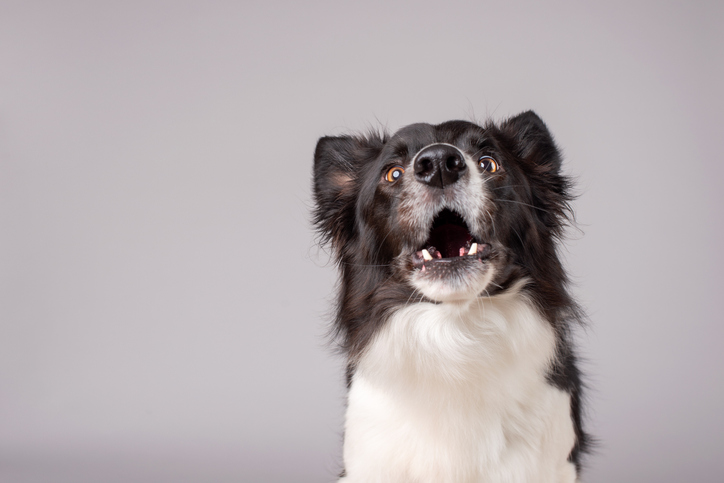
The findings in more detail
Alongside the Cairn Terrier, Jack Russell Terrier and German Shepherd previously mentioned, other breeds at most risk of exhibiting these behaviours included Labrador Retriever, Miniature Poodle and Chihuahua.
However, risk factors were not limited to breed, age and gender. The survey indicated that a dog’s lifestyle would also play a factor. Dogs left alone for longer periods of time were more likely to develop hyperactivity, as we saw: but the behaviour also seemed more widespread in animals that were not their owners' first dogs.
It's not quite clear why this latter pattern has come about, though one theory that the researchers put forward could provide a clue. The team at the University of Helsinki suggested that owners may choose, as a first dog, a less active breed – something that better fits their idea of a domestic pet.
Later, once they have become more confident and experienced dog owners, they may choose a more active and challenging breed – which will, in turn, be more susceptible to displaying these ADHD-like symptoms.
We shouldn’t be surprised that dogs who are left alone for longer periods are more at risk of becoming hyperactive, inattentive or aggressive. After all, these are famously social animals, who get frustrated and stressed when they are alone.
Dogs who spend longer periods alone are likely to get less exercise and less attention from their owners – two other key factors in a dog’s general wellbeing. This frustration may be expressed as hyperactivity, inattentiveness… or erratic or even aggressive behaviour, such as barking constantly or chewing the furniture.
We looked at some advice on managing separation anxiety in dogs elsewhere on our site.
Remember that, as a customer of Purely Pets, you can access our 24-Hour Vet Helpline any time you have a concern about your dog’s health or behaviour.
What are the signs of a hyperactive dog?
Your dog could be hyperactive if they show some of the following signs:
- Jumping up
- Pacing
- Short attention span
- Inability to relax
- Inability to focus eyes
- Frantically spinning on the spot
- High energy all the time
- Aggression or snappy behaviour
- Impulsiveness
- Inability to socialise with other dogs
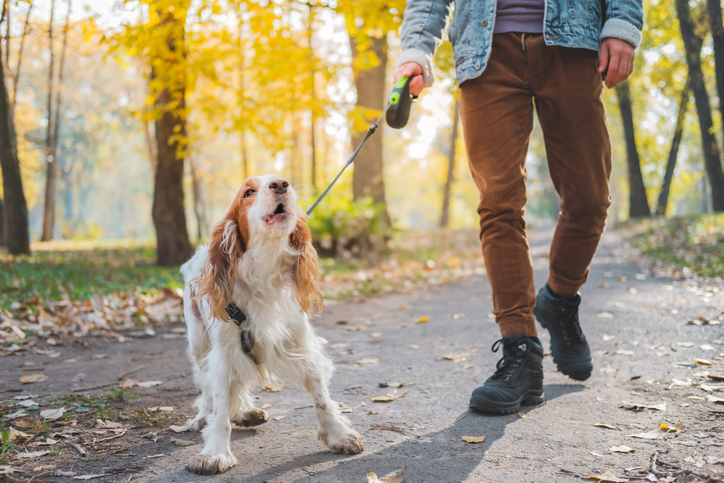
Does breed play a role in hyperactivity?
So, how is it that certain breeds are more likely to display hyperactive behaviours? Well, it turns out that what might be thought of as a negative behaviour trait often has a positive characteristic as its cause.
Some of the breeds near the top of the list for hyperactivity, such as the German Shepherd and Border Collie, are known for their intelligence. It shouldn’t come as a surprise to learn that these intelligent breeds naturally require more mental stimulus – and that, when that stimulus is absent, they are more likely than other breeds to become bored and disruptive.
The research also found that these ADHD symptoms were also expressed in another range of behaviours including obsessive-compulsiveness and fearfulness. The former behaviour is often expressed, in dogs, through constant licking (either themselves, or nearby surfaces), tail chasing, or staring at some indeterminate object.
Which dog breeds are most hyperactive?
Cairn Terrier
These short, stocky dogs are generally best suited to owners with some experience of dog ownership. Cairns are active – they like an hour or two of walkies every day, and are liable to become frustrated and very vocal if they don’t get them. They will bark at visitors to the house, and indeed at anything unusual. Cairn Terriers can have problems with unfamiliar dogs, although they get along fine with animals they know well. They may require some additional training if they are to live with other pets, as well as some extra supervision if there are children in the house.
Jack Russell Terrier
Jack Russells are famously active and curious little dogs who need lots of exercise. If you’re able to take time off for long walks, a Jack Russell could be a great choice for you; if not, you may be better off looking elsewhere. Like the Cairn Terrier above, the Jack Russell is a vocal breed – they will bark to alert the household of any visitors, and may even take steps to physically protect their human(s). Given all of this, you can see why Jack Russells – while they are undoubtedly useful little guard dogs – can be prone to hyperactivity. Investing in some third party dog insurance may be a good idea.
German Shepherd
Big, handsome, athletic and loyal, German Shepherds are also highly intelligent dogs. They can learn a new behaviour in only a few repetitions, and are famously good at working with humans. A German Shepherd that’s not getting enough stimulus – whether mental, physical, or both – could easily become bored, vocal and or destructive. Prospective owners of German Shepherds should be warned that the breed is susceptible to certain health complaints, including hip and elbow dysplasia and certain gastrointestinal conditions.
Golden Retriever
Beautiful and instantly recognisable, Golden Retrievers are often recommended to first-time dog owners thanks to their placid, easy-going temperament. They are not particularly vocal animals, either, and tend to get along pretty well with other dogs. But they too need plenty of exercise – typically one or two hours of walking a day. Owners who don’t meet these needs may find that their Retriever acts up from time to time!
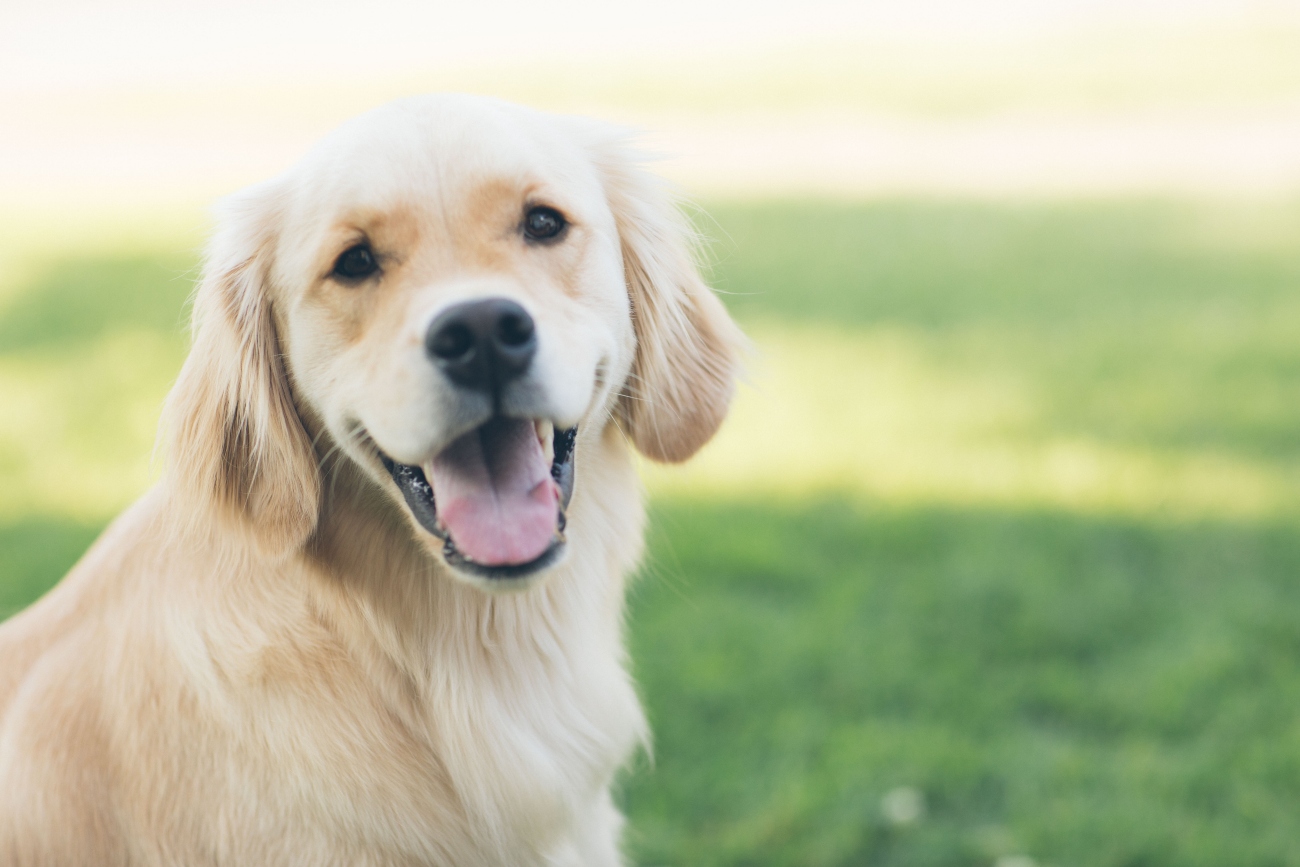
How do you calm down a hyperactive dog?
If your dog is exhibiting hyperactive behaviours such as those we’ve outlined above, don’t panic. In reality, there are quite a few ways to rescue the situation. And these are mostly around giving your pet a more appropriate exercise plan and daily activity schedule.
Understanding your particular breed’s requirements, training the right behaviours into them, and ensuring they get the exercise and attention they need will all go a long way towards lessening their chances of behaving unpredictably.
Your vet may also review their diet to see if any changes should be made.
We would recommend some third party dog insurance, to provide some cover in case your dog does ever lash out at another canine.
Top tips for living with a hyperactive dog
Here are our top tips for calming down an over-excitable pup.
1. Understand the breed and its needs
Different breeds will have widely varying exercise and attention needs already programmed into them by their genetic makeup, and by the breed’s traditional role. For example, Border Collies have been bred to run all day long herding sheep. Given this, we shouldn’t be surprised to learn that a Border Collie who only gets, say, one short evening walk a day is likely to become frustrated and hyperactive. What’s more, if that walk takes place on a lead, the Collie – programmed to tear around a field with no restraints – will feel even more short-changed.
We recommend getting to know your dog’s exercise needs and sticking to them. The UK Kennel Club website has an A-Z of breeds where you can easily see the daily exercise requirement for each breed.
The website of the dog and cat food provider Purina is similarly informative. If you’re out of the house for long periods of time, you may want to consider some form of pet sitting, dog walking or ‘doggie daycare’.
2. Teach your dog practical skills
Making sure they have enough daily exercise and attention, as above, is the crucial first step towards avoiding hyperactivity, inattentiveness and aggression in your dog.
Once this has been achieved, you should start providing other forms of stimuli – such as teaching them the basic dog skills such as ‘sit’, ‘down’, ‘stay’, ‘come back’ and more. This will help in various ways: for one thing, this kind of training provides mental stimulus which will help avoid boredom and hyperactivity.
Moreover, the skills in themselves will be useful: for example, if your dog does become excitable around other dogs or humans, a simple command such as ‘down’ should be enough to calm them down.
The training and socialisation of dogs should begin during their puppy phase, as we discuss in our article on socialisation in puppies. Elsewhere, if you find you’re struggling to reacclimatise your dog to new faces after lockdown, you may want to read our helpful piece on resocialisation after the pandemic.
3. Keep up with regular vet checkups
Here at Purely Pets, we always recommend regular vet checkups for your dog. This will be particularly relevant if your pet is still displaying hyperactive behaviours, even after you’ve put in place exercise and training plans as above.
If the exercise and training have failed to curb this behaviour, there could be an underlying health issue – such as ADHD, as we discussed above. A visit to the vet may be in order here, as they may wish to perform a comprehensive medical checkup in order to rule out any underlying problems.
4. Get them a hobby
A regular exercise regime should go a long way towards meeting the stimulus and exercise needs of most dogs. However, certain breeds – especially those known to be the most intelligent and/or active – may also want a regular dose of some challenging physical and/or mental activity.
For this, we would recommend some kind of organised activity such as fieldwork or obedience. Dog agility is another great example of an exercise that you and your pup can enjoy together, and which will provide them with a brilliant mix of mental and physical stimulation. We looked at dog agility, and how to get started, in more detail in this article.
5. Have some relevantthird party dog insurance
We’d definitely recommend having some suitable third party dog insurance in place, just in case your hyperactive dog did ever cause harm to another animal.
Here at Purely Pets, we are proud to offer three levels of lifetime cover for dogs. Even our entry level cover, Lifetime Bronze, includes third-party liability of up to £1 million across your dog’s lifetime. This means that, if your dog did ever attack someone else, you would be covered for certain claims that the other party might make, towards medical treatment for their injured dog.
Terms and conditions apply. Always remember to check your policy wording carefully to see exactly what’s included.
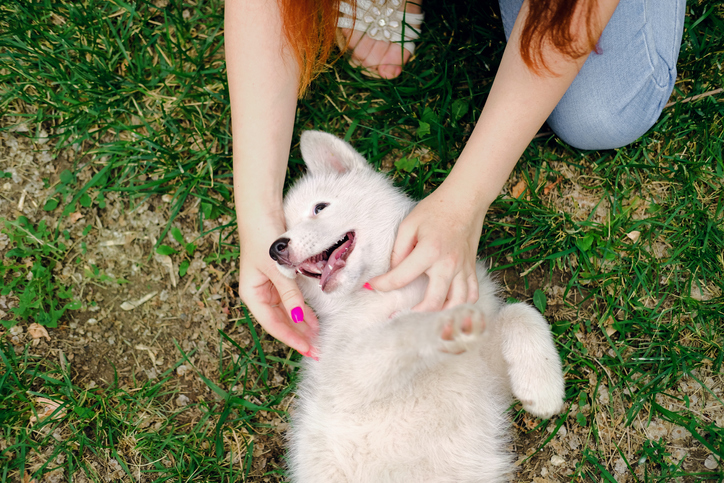
How can you help your own dog recover from an attack?
So, what if the reverse happens and your dog becomes the victim of an attack by another dog? Or, what if your pet’s own hyperactivity escalates a conflict with another dog, leaving them frightened and injured by the encounter? In short, how do you help a dog who has found themselves on the wrong end of an attack?
Well, your priority is to get a vet to check your dog over for any injuries. After any attack of this kind, you should ask for the contact details of the other owner. After all, there may be expenses involved in the treatment of any injuries your dog may have sustained. If the other party has third party dog insurance, they should be able to help with these costs.
So much for the physical effects of such an attack, which may be serious but at least are relatively simple to diagnose and treat. Your dog may also suffer some emotional or mental after-effects from such a frightening episode, however, and these can be harder to pinpoint and to cure. What you can probably expect, at the very least, is for them to appear agitated and jumpy immediately after the attack. That is quite normal, and is just the adrenaline pumping around their body.
In the days and weeks following the incident, however, you may observe other effects in your pet. They may be anxious and agitated when revisiting the place where the attack occurred. In fact, you might find that your dog is fretful around all other dogs, as any interaction like this will remind them of this stressful episode. They may behave either very shily, or defensively, even aggressively, around other dogs. Seemingly random places, animals or situations may also trigger an unpleasant memory, causing your dog to revert to either an anxious or an aggressive mode.
In short, the memory of a frightening episode can resurface in your dog’s mind at different times and in different forms. However, as a caring owner you can help to reassure your pet and get them seen by a vet straight away if you have any concerns.
Some pet insurance can include help from an animal behaviourist. Read your policy carefully to find out what’s included.
Third party dog insurance from Purely Pets
Our dog insurance policies include a wealth of benefits, and these include third party dog insurance in case your pet injures another canine.
Why not contact us for a quote for third party dog insurance today?
Helpful Pages
Recent Posts
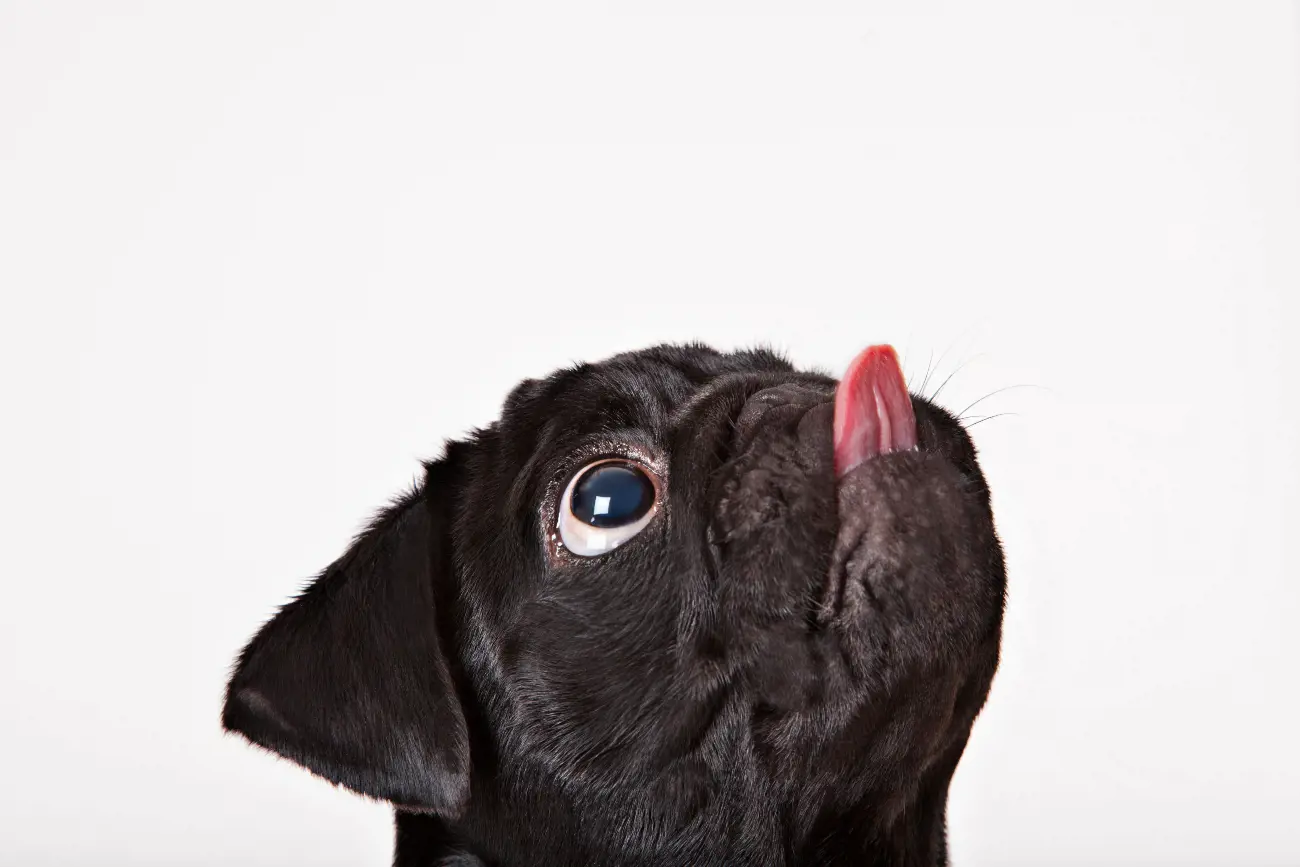
Why do Pugs lick the air?
02/10/24Pet Insurance Quote
- 98% claims paid *
- Claims paid directly to vets
- 24/7 vet video consultations
- Interest free monthly payments


